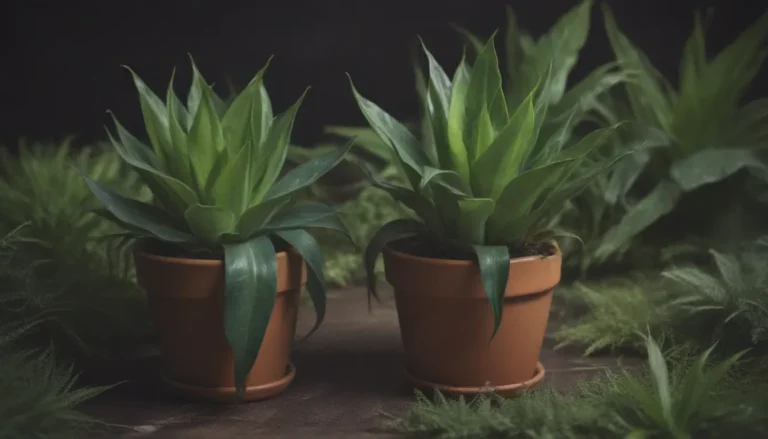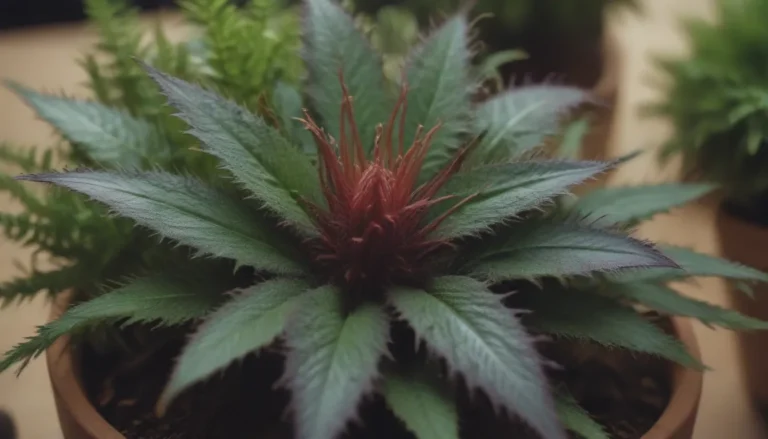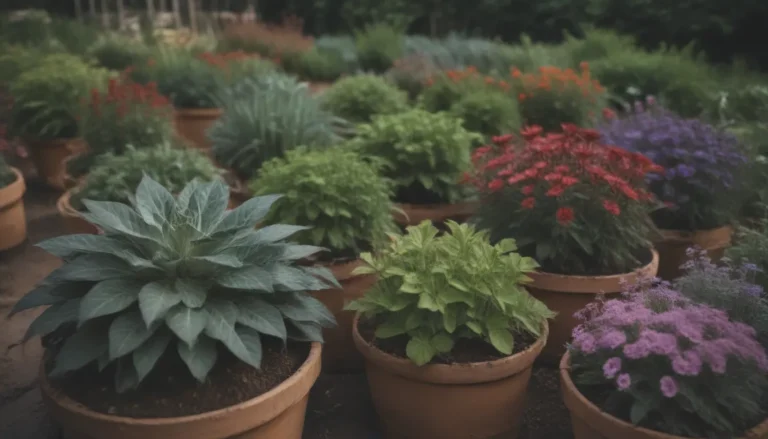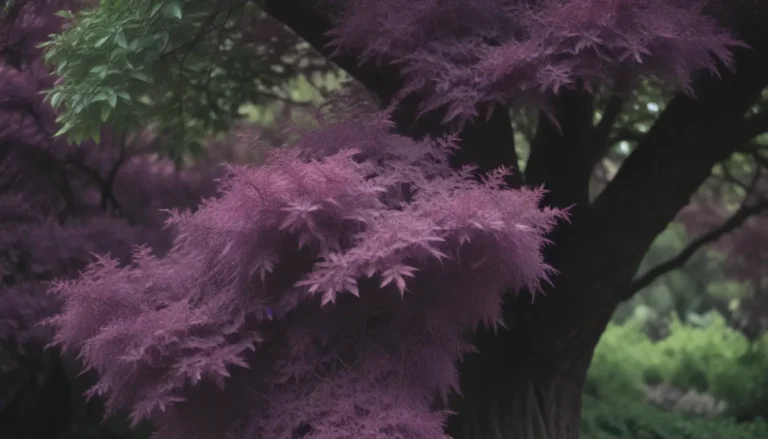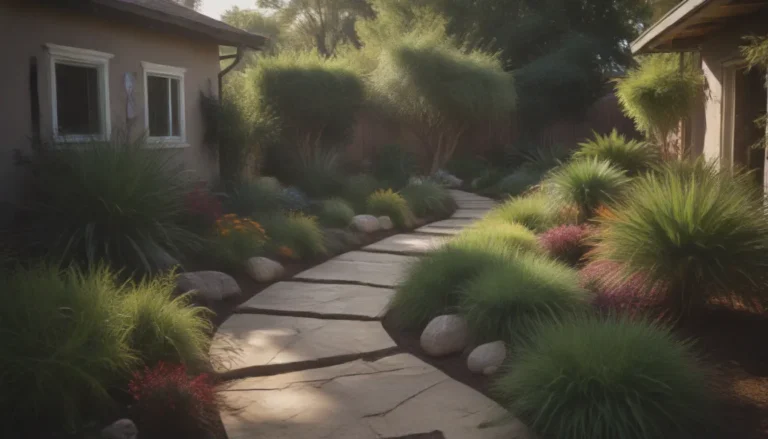How to Attract Dragonflies: The Ultimate Guide to Creating a Dragonfly-Friendly Garden
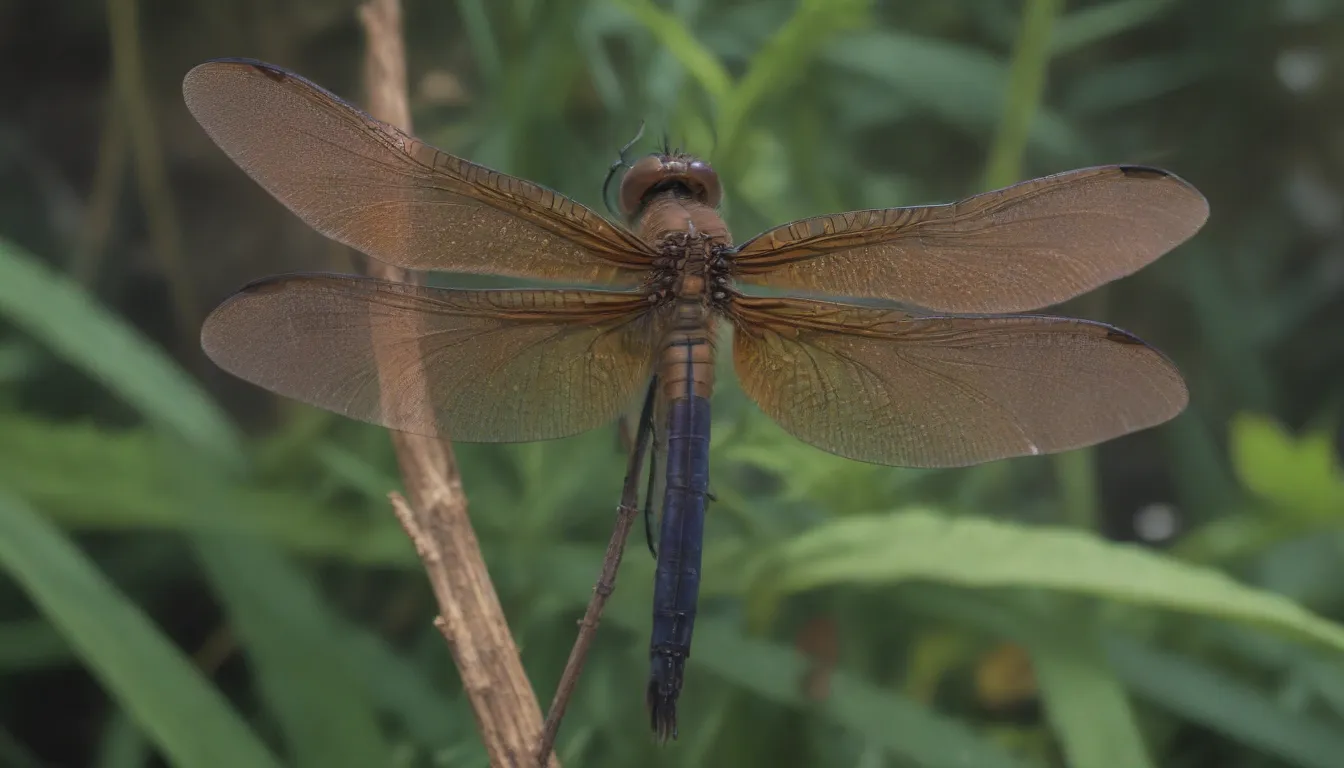
Dragonflies are not only beautiful creatures to watch but also serve as valuable allies in reducing mosquito and fly populations. By making your backyard a welcoming environment for dragonflies, you can naturally control pesky insects and enjoy the graceful presence of these fascinating insects. One of the best ways to attract dragonflies is through smart landscaping that includes plants and features that cater to their needs.
Why Should You Attract Dragonflies?
Before we dive into the details of how to attract dragonflies, let’s explore why you should welcome these beneficial insects into your garden:
- Dragonflies prey on mosquitoes and flies, making them natural pest controllers.
- They add a touch of beauty and grace to your outdoor space with their mesmerizing flight patterns.
- Dragonflies are indicators of a healthy ecosystem, so by attracting them, you’re promoting biodiversity in your garden.
Creating a Dragonfly-Friendly Habitat
To attract dragonflies to your garden, consider incorporating the following elements:
-
Fresh Water Source: Dragonflies are aquatic insects that require fresh water to breed. Adding a pond, birdbath, or other water feature to your garden will not only provide a breeding habitat for dragonflies but also serve as a source of hydration for them.
-
Perching Spots: Dragonflies like to perch on tall plants or structures to rest and survey their surroundings. Include tall plants with sturdy stems that can support dragonflies as they bask in the sun or hunt for prey.
-
Insect-Attracting Plants: Choose plants that attract insects that dragonflies feed on, such as mosquitoes, flies, and butterflies. By providing a food source for dragonflies, you’ll encourage them to frequent your garden.
Eye-Catching Plants to Attract Dragonflies
Here are 17 gorgeous plants that will not only beautify your garden but also attract dragonflies with their blooms:
-
Black-Eyed Susan: These easy-to-care-for flowers with bright yellow petals serve as a great landing platform for dragonflies and other pollinators. USDA Hardiness Zones: Full Sun, Well-Draining Soil, Yellow, Orange, Red
-
Coneflower: Available in a variety of colors, coneflowers attract dragonflies and other beneficial pollinators with their pollen-rich blooms. USDA Hardiness Zones: Full Sun, Well-Draining Soil, Various Colors
-
Aster: These daisy-like flowers thrive near water sources and are a favorite of dragonflies. USDA Hardiness Zones: Full Sun to Part Shade, Moist Soil, Various Colors
-
Swamp Milkweed: This native plant is crucial for butterfly species that dragonflies feed on and attracts mosquitoes as well. USDA Hardiness Zones: Full Sun to Part Shade, Moist Soil, Pink
-
Water Lily: A water-loving plant that provides dragonflies with a safe place to lay their eggs and hide their young. USDA Hardiness Zones: Full Sun, Aquatic Soil, Various Colors
-
Wild Celery: Known as American eelgrass, this plant near marshes and rivers provides a surface for dragonflies to lay eggs. USDA Hardiness Zones: Part Shade to Full Sun, Moist Soil, Green
-
Pickerelweed: An aquatic plant with tall spikes of colorful flowers that serve as a food source for pollinators. USDA Hardiness Zones: Full Sun, Aquatic Soil, White, Blue, Pink, Purple
-
Meadow Sage: Produces vibrant purple-blue flowers that attract butterflies, hummingbirds, and dragonflies. USDA Hardiness Zones: Full Sun, Well-Draining Soil, Purple-Blue
-
Joe Pye Weed: Clusters of pink-purple flowers that emit a sweet vanilla scent to attract butterflies, dragonflies, and pollinators. USDA Hardiness Zones: Full Sun to Part Shade, Moist Soil, Pink-Purple
-
Asiatic Lily: Intensely colored flowers that grow upright and invite dragonflies to perch on the blooms. USDA Hardiness Zones: Full Sun to Part Shade, Well-Draining Soil, Various Colors
-
New York Ironweed: Eye-catching purple flowers that thrive in moist soil, attracting insects to land on them. USDA Hardiness Zones: Full Sun to Part Shade, Moist Soil, Purple
-
Bearded Iris: These popular irises come in various colors and contain abundant nectar to attract dragonflies. USDA Hardiness Zones: Full Sun, Well-Draining Soil, Various Colors
-
Borage: A fast-growing herb with vivid blue flowers that attract tiny pollinators, serving as food for dragonflies. USDA Hardiness Zones: Full Sun, Well-Draining Soil, Blue
-
Tickseed: Produces daisy-like flowers that attract butterflies, dragonflies, and other pollinators. USDA Hardiness Zones: Full Sun, Well-Draining Soil, Various Colors
-
Common Cattail: A tall aquatic plant that provides cover for dragonflies and serves as a habitat for their eggs and young. USDA Hardiness Zones: Full Sun to Part Shade, Moist Soil, Green, Brown
-
Yarrow: An important nectar source for pollinators that attracts dragonflies with its aromatic flowers in various colors. USDA Hardiness Zones: Full Sun to Part Shade, Well-Draining Soil, Various Colors
-
Pink Muhly Grass: Ornamental grass with pale pink flowers that dragonflies love to lay their eggs on. USDA Hardiness Zones: Full Sun, Well-Draining Soil, Pink
By incorporating a mix of these plants into your garden, you’ll create a welcoming environment for dragonflies and other beneficial insects. Remember to provide a water source, perching spots, and insect-attracting plants to maximize the chances of attracting dragonflies to your garden.
The Science Behind Dragonfly Attraction
While there is no scientific evidence to suggest that dragonflies are attracted to specific fragrances, research has shown that they are drawn to plants that attract their prey. Studies like Priyadarshana, Tharaka S, and Eleanor M Slade’s “A Meta-Analysis Reveals that Dragonflies and Damselflies Can Provide Effective Biological Control of Mosquitoes” highlight the important role dragonflies play in controlling mosquito populations. Additionally, Piersanti, Silvana et al.’s research on the use of olfaction in Odonata behavior sheds light on how dragonflies navigate and interact with their environment.
When selecting plants to attract dragonflies, focus on those that appeal to the insects they feed on, such as mosquitoes and flies. By creating a diverse and insect-friendly garden, you’ll naturally draw dragonflies to your outdoor space.
In conclusion, attracting dragonflies to your garden not only adds beauty and grace but also promotes a healthy ecosystem by controlling pest populations. By incorporating dragonfly-friendly plants, a water source, and perching spots into your landscaping, you can create a welcoming habitat for these beneficial insects. So, roll up your sleeves, grab your gardening tools, and get ready to transform your garden into a dragonfly paradise!
